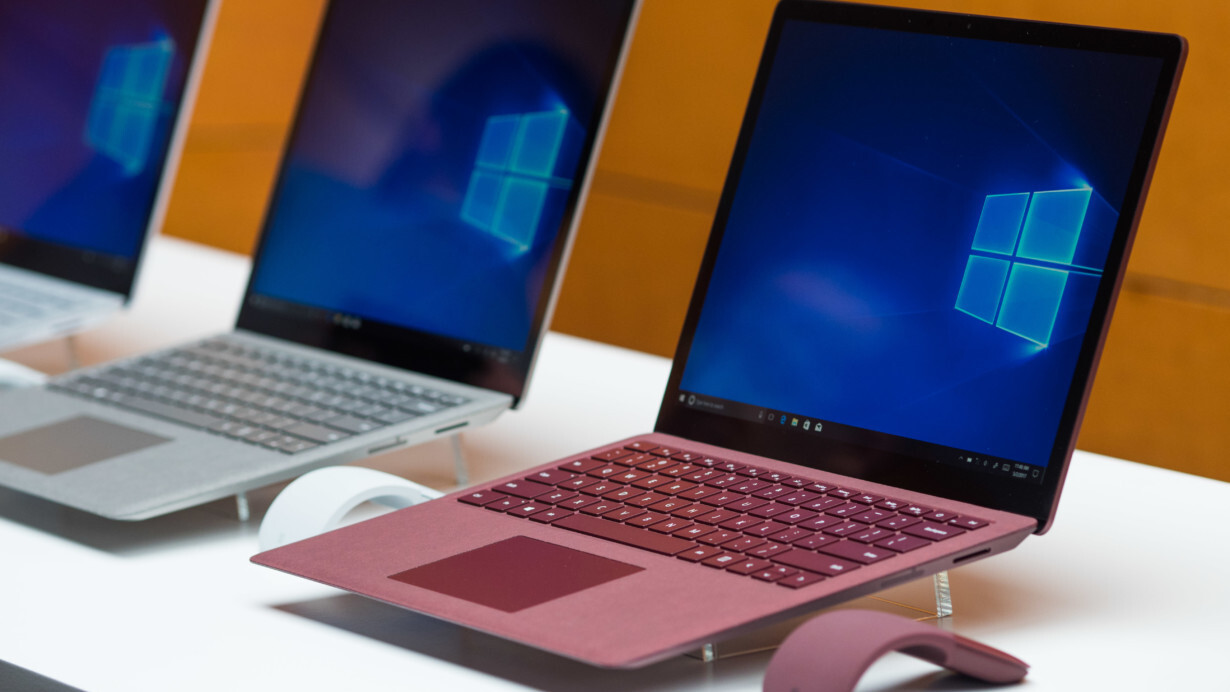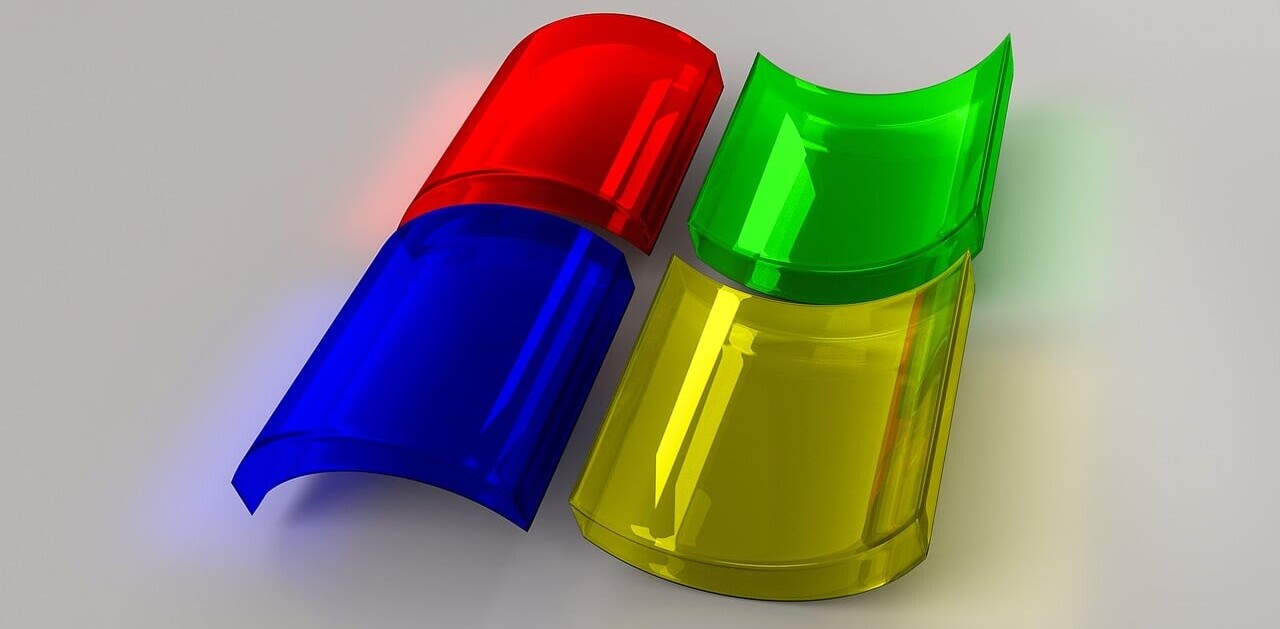
If you’re reading this article, you probably know what compelled me to write it. Microsoft announced the Surface Laptop earlier this week – a stunning piece of hardware – but omitted USB-C, an incredibly versatile connector that’s rapidly growing in popularity. It’s an omission that does the brand no favors.
USB-C made its first mainstream appearance with the revamped MacBook in 2015. Since then, Microsoft has launched the Surface 3, Surface Pro 4, Surface Book, Surface Book with Performance Base, Surface Studio, and now, Surface Laptop.
Each time Microsoft reveals a new Surface product, I ask some representative the same question: Why no USB-C? I always get a variation of the same two answers: One, USB-C isn’t as common as USB-A, and two, Microsoft’s Surface Connect interface (the propriety tech in the power cable) replicates many of the functions of USB-C.
These arguments don’t hold water.
USB-C is better
Let’s get this out of the way: USB-C is in every way a superior connector to USB-A. Here are just some of the current advantages:
- USB-C is much smaller than USB-A, requiring less space on a device’s frame.
- It’s reversible.
- It has 4x higher potential data bandwidth when equipped with Thunderbolt 3 (10 Gbps vs 40 Gbps).
- It charges devices as small as your smartphone and as powerful as the 15-inch MacBook Pro (up to 100W).
- It can replace your headphone jack, with potentially better audio quality.
- It can replace HDMI and DisplayPort, and provide more functionality – a single cable can drive a 4K+ monitor, several USB ports AND charge your laptop. Several modern monitors can already do this.
- It can power an external graphics enclosure to turn your ultraportable laptop into a legitimate gaming machine.
USB-C is pretty much the most versatile connector ever, and the only reason to hold onto USB-A is its current ubiquity – tradition and comfort over innovation. That advantage is quickly eroding as more devices ship with USB-C, from monitors, to headphones, to thumb drives, to every single modern Android phone.
While USB-A will definitely stick around for some time, Microsoft is just slowing down progress by sticking to the old standard. I’m not saying it needs to go all MacBook Pro and only use USB-C, but it’s hard to see how a adding single USB-C port would hurt.
The Surface Connect is not an adequate replacement
The proprietary power adapter on recent Surface portables can actually transmit a ton of data. The Surface Dock uses the connector to add three USB 3.0 ports, Gigabit Ethernet, a headphone jack, and two Mini DisplayPort adapters.
That’s great and all, except look at the thing:

It’s huge, it costs $200, and it’s pretty much your only option if you want single-cable port expansion for your Surface.
Compare that to a myriad of much smaller and cheaper solutions available for USB-C. There’s something ironic about Microsoft being the one forcing proprietary standards, not Apple.
In Microsoft’s defense, Satya Nadella did promise to maintain accessory compatibility in future Surface devices, but I’d gladly at least give up the MiniDisplay Port for USB-C, given some monitors seem to be going that route anyway.
It dilutes the Surface brand
In the last few years, Microsoft has worked hard to reinvent its image from ‘boring office machines’ to a brand that cares about creativity and innovation as much as Apple. But being stuck in the past and refusing to adopt USB-C is in direct contradiction to that newfound image.
For one, it suggests that Microsoft isn’t as willing as Apple to take risks that spark industry change.
When Apple decided to only build a single USB-C port into its MacBook – and later, four Thunderbolt 3 ports on the MacBook Pro – people complained. For most peripherals, you’d need a dongle. Yet it wasn’t a surprising move – Apple has always opted to implement what it believes to be superior technology, even if it goes against current trends and user desires. It was confident USB-C was the future, and its clout ensured others would follow.

And follow, they did: USB-C is in every major new laptop from Dell, HP, Lenovo, Razer, Samsung, MSI, Gigabyte, Asus, Acer, etc – in addition to the gamut of accessories mentioned earlier. Microsoft is now the stark exception to the rule even among Windows laptops, and for no good reason.
Don’t get me wrong: I’m aware that Windows users still have plenty of other manufacturers to choose from if they really need USB-C. I know that right now, Type-A is more convenient, and Surface devices will almost certainly get USB-C eventually. Heck, Microsoft even (accidentally) showed off a prototype with two USB-C ports in a Surface marketing video, so the company definitely considered it.
Ultimately, it’s not that I think shunning USB-C will hurt sales of the Surface Laptop so much as it weakens Microsoft’s position as an innovator. After all, the company is marketing the Surface Laptop as a forward-looking product that will last new college students through four years of school. But in four years, Surface Laptop buyers might actually be the ones who need to carry dongles.
It all feels like a vestige of an old Microsoft which chose to play things safe, not the new one that’s leading the charge with new form factors and technologies. Here’s hoping Microsoft finally changes its mind whenever the next Surface comes around.
Get the TNW newsletter
Get the most important tech news in your inbox each week.




